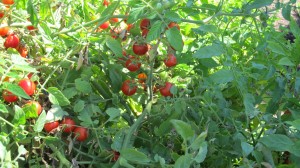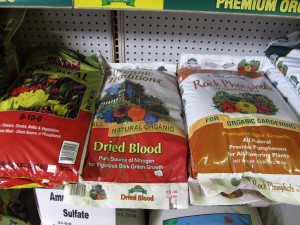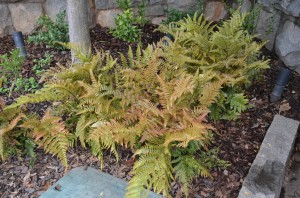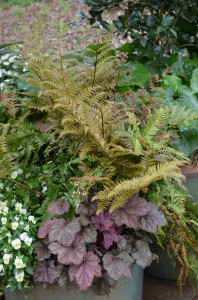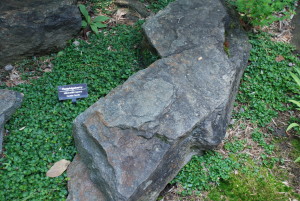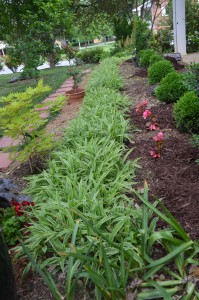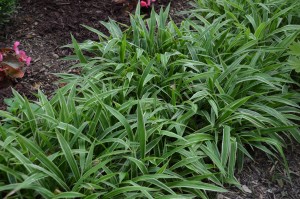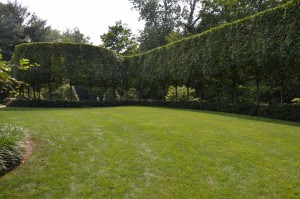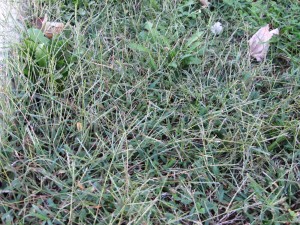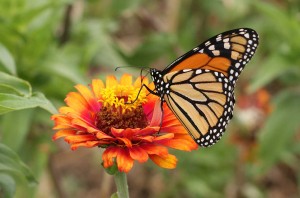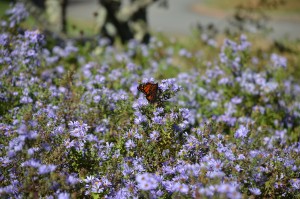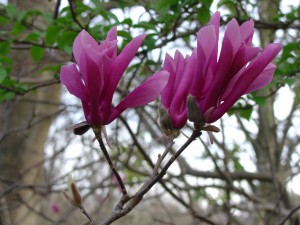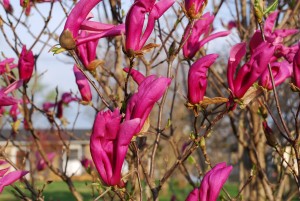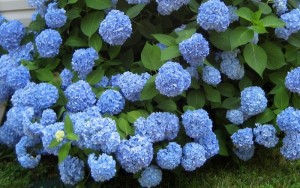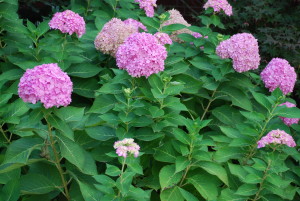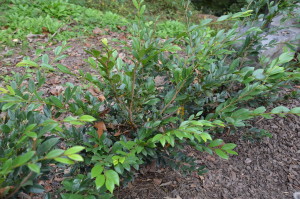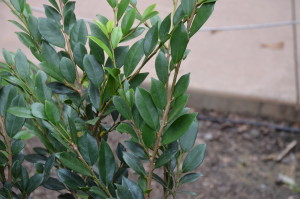Tomato plants are at their best grown in full sun, adequately fertilized and spaced, and staked or caged for support. Have a backup disease control plan in case. Most tomato plants are set out as transplants, since it takes several weeks longer to harvest those direct seeded into garden soil. Transplanting means earlier harvests. Those gardeners with a longer growing season can staggered plantings to extend harvest into the fall season.
Northern U.S. gardeners with a short harvest season favor determinate varieties like Celebrity and Mountain Pride because the harvest interval is short and plants are highly disease resistant. Indeterminate “heirloom” varieties such as Better Boy, Brandywine and Mortgage Lifter are also widely planted but are disease prone.
Do not rush to set out transplants during cold spring air and soil temperatures as it may set plants back and result in later harvest. Set tomato transplants deeper than they were growing in the cold frame bed, peat pots, or plastic tray cells. At planting time remove all pre-formed fruits off transplants as they tend to retard plant growth.
Use a starter fertilizer after setting out transplants in the ground; do not mulch the ground immediately so the sun can continue to warm up the cold soil. Black plastic mulch laid before planting is beneficial to early plantings.
Generally garden centers have lots of leftover plants in June for a late summer – fall crop. Tomato plants, indeterminate (I) and determinate (D), can be supported off the ground by 2 methods to prevent fruit loss because of rots and sunburn. Wooden stakes are the most common type of support for indeterminate tomatoes. Wire cages, at least 18 inches in diameter, are made from concrete reinforcing wire and support either indeterminate or determinate varieties.
Tomato plants develop many branches (suckers) as they grow. Pinch the suckers out of the plants to encourage larger and earlier fruit and to make the plant easier to tie and spray. Determinate types are not pruned as heavily as indeterminate types.

